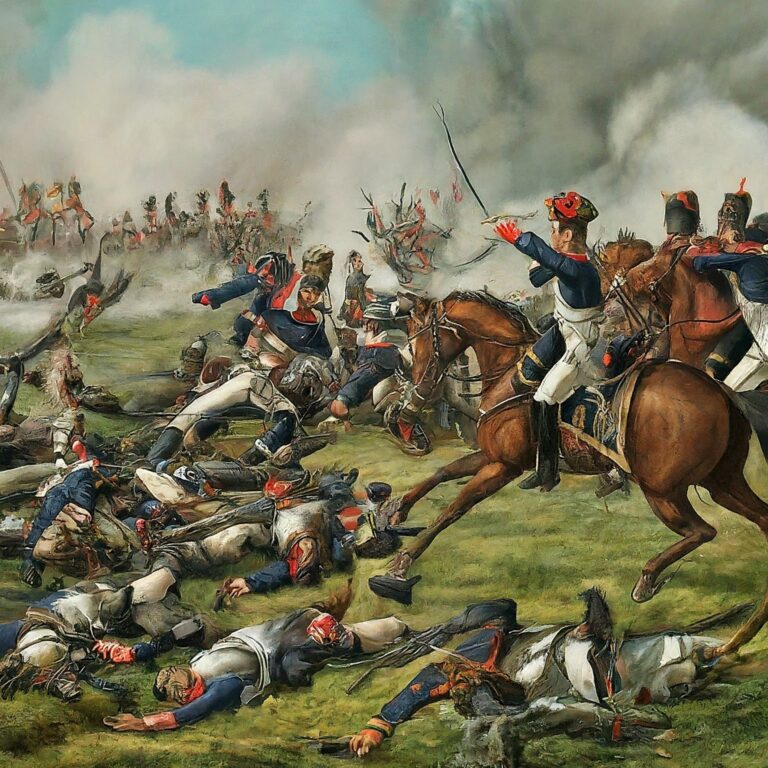The Battle of Sekigahara, fought on October 21, 1600 CE, was one of the most significant battles in Japanese history. It was the culmination of a power struggle between rival factions following the death of Toyotomi Hideyoshi, who had unified Japan. The battle marked the rise of Tokugawa Ieyasu, who would go on to establish the Tokugawa shogunate, which ruled Japan for over 250 years.
After Hideyoshi’s death, his young son, Toyotomi Hideyori, was the nominal leader of Japan, but the country was divided between those loyal to the Toyotomi family and those who supported Tokugawa Ieyasu, a powerful daimyo. Ieyasu sought to consolidate his power and eliminate his rivals, leading to a final confrontation at Sekigahara, a strategically important mountain pass.
Ieyasu commanded around 80,000 troops, while his rival, Ishida Mitsunari, led an army of approximately 90,000 soldiers loyal to the Toyotomi cause. Despite being slightly outnumbered, Ieyasu had spent years carefully building alliances with key daimyo, some of whom were nominally loyal to Ishida.
As the battle began, the two armies clashed in heavy fog. Initially, the battle was evenly matched, but Ieyasu’s diplomacy paid off when several Toyotomi commanders, including Kobayakawa Hideaki, defected to his side during the fighting. This betrayal turned the tide of the battle in Ieyasu’s favor, and his forces quickly overwhelmed Ishida’s troops.
Ishida Mitsunari was captured and executed, and Tokugawa Ieyasu emerged as the undisputed ruler of Japan. The Battle of Sekigahara marked the beginning of the Tokugawa shogunate, a period of peace and stability in Japan that lasted until the mid-19th century. Ieyasu’s victory at Sekigahara solidified the feudal system and centralized power in Edo (modern-day Tokyo), shaping the future of Japan for centuries.



